Can You Actually Change Your Eye Color with Food? A Pro’s Honest Answer
Over my years in eye care, there’s one question that pops up way more than you’d expect. People usually lean in and ask it quietly, like it’s a big secret. “Can I… you know… change my eye color by eating certain foods?” I’ve heard every theory imaginable, from raw honey making eyes lighter to spinach making them greener. The internet is a wild place, and I get the curiosity. Your eye color feels like a huge part of who you are.
In this article
- The Real Science Behind Your Eye Color
- When Eye Color Genuinely Does Change
- The Real Deal: Make Your Eyes Look Brighter, Not Different
- Let’s Talk About the Truly Dangerous Stuff
- The Only Safe Way to ‘Try On’ a New Color
- A Quick, Safe Win: Make Your Natural Color Pop
- Love Your Health, Love Your Eyes
- Galerie d’inspiration
So, let’s get the big one out of the way right now. No diet, food, or supplement is going to permanently change the genetic color of your iris. It’s just not how our bodies are wired. Your eye color was decided by your DNA long before you had any say in your grocery list. Believing you can alter it with a salad is a fundamental misunderstanding of basic biology.
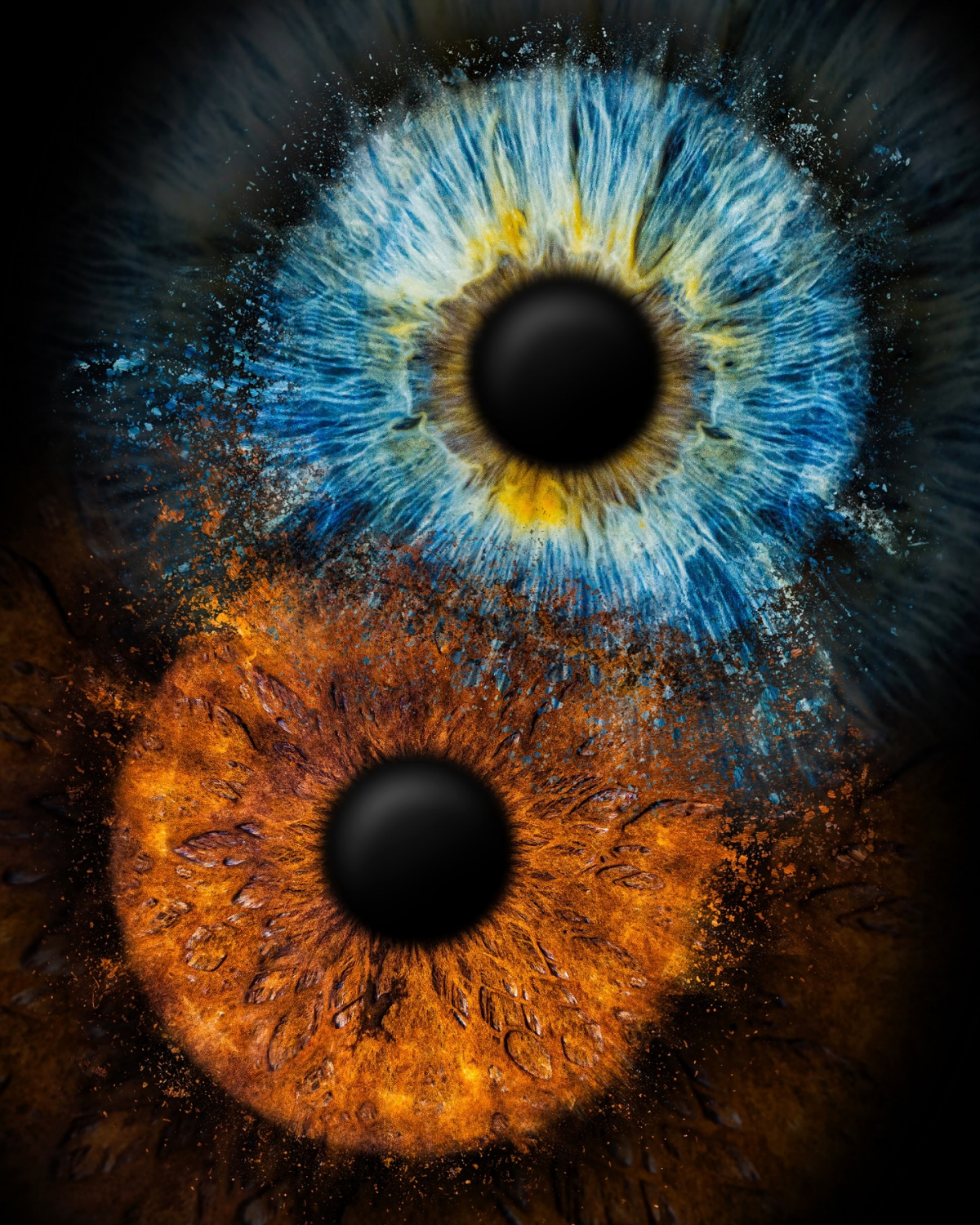
But hold on, because that’s not the whole story. While you can’t turn your brown eyes blue, your diet and health have a massive impact on the appearance of your eyes. This is where the confusion starts. We’re talking about their brightness, the clarity of the whites, and just their overall vibrancy. People see a healthier-looking eye and mistake it for a color-changed eye.
In this post, I want to bust the myths and give you the real scoop. We’ll look at what actually gives your eyes their color (it’s pretty cool science), and then we’ll dive into how a good diet can make your natural color seriously pop.
Oh, and that myth about putting honey in your eyes? Please, for the love of all that is good, DON’T. Putting unsterilized, sugary gunk directly onto your eyeball is a one-way ticket to a nasty bacterial infection. Just… no.
The Real Science Behind Your Eye Color
To really get why you can’t eat your way to a new eye color, you have to understand where that color comes from. It’s not a pigment like paint; it’s a beautiful mix of genetics and physics happening in the iris, the colored part of your eye.
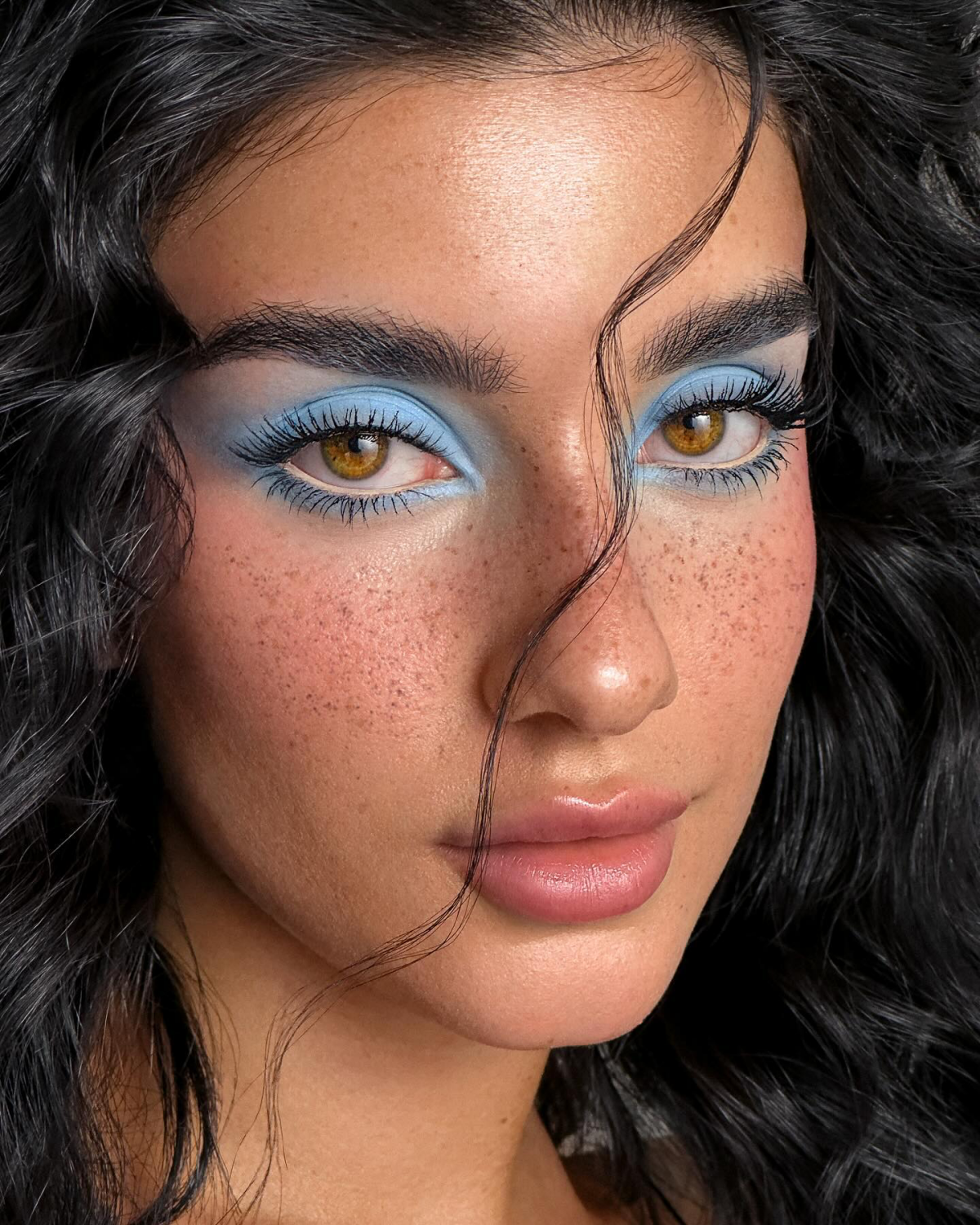
Think of the iris in two layers. The back layer is always a dark brown for everyone—it’s there to absorb stray light so your vision stays sharp. The color we all see comes from the front layer, called the stroma. This layer contains a pigment called melanin, the same stuff that colors your skin and hair.
Here’s the breakdown:
- Brown Eyes: If you have brown eyes, your stroma is packed with a lot of brown-black melanin. This dense pigment absorbs most of the light that hits it, making your eyes appear dark. More melanin means a darker brown. Simple as that.
- Blue Eyes: This is where it gets fascinating. Blue eyes have almost no melanin in the stroma. So, with no pigment to absorb light, light scatters off the tiny fibers in the stroma instead. Blue light scatters more easily than other colors, so that’s the color we see. It’s the same reason the sky looks blue! Your eyes aren’t blue because of a blue pigment; they’re blue because of a lack of brown pigment.
- Green and Hazel Eyes: These are the beautiful in-betweeners. They have a little bit of melanin, which allows for some blue-light scattering, but they also have a touch of a yellowish pigment. That scattered blue light mixing with the yellow pigment is what gives us green. Hazel eyes are often a mix, with different concentrations of melanin creating flecks of gold or rings of brown.
This entire setup is hardwired by your genes. No food on earth can get in there and tell your body to produce more or less melanin in the iris. It’s a biological impossibility.
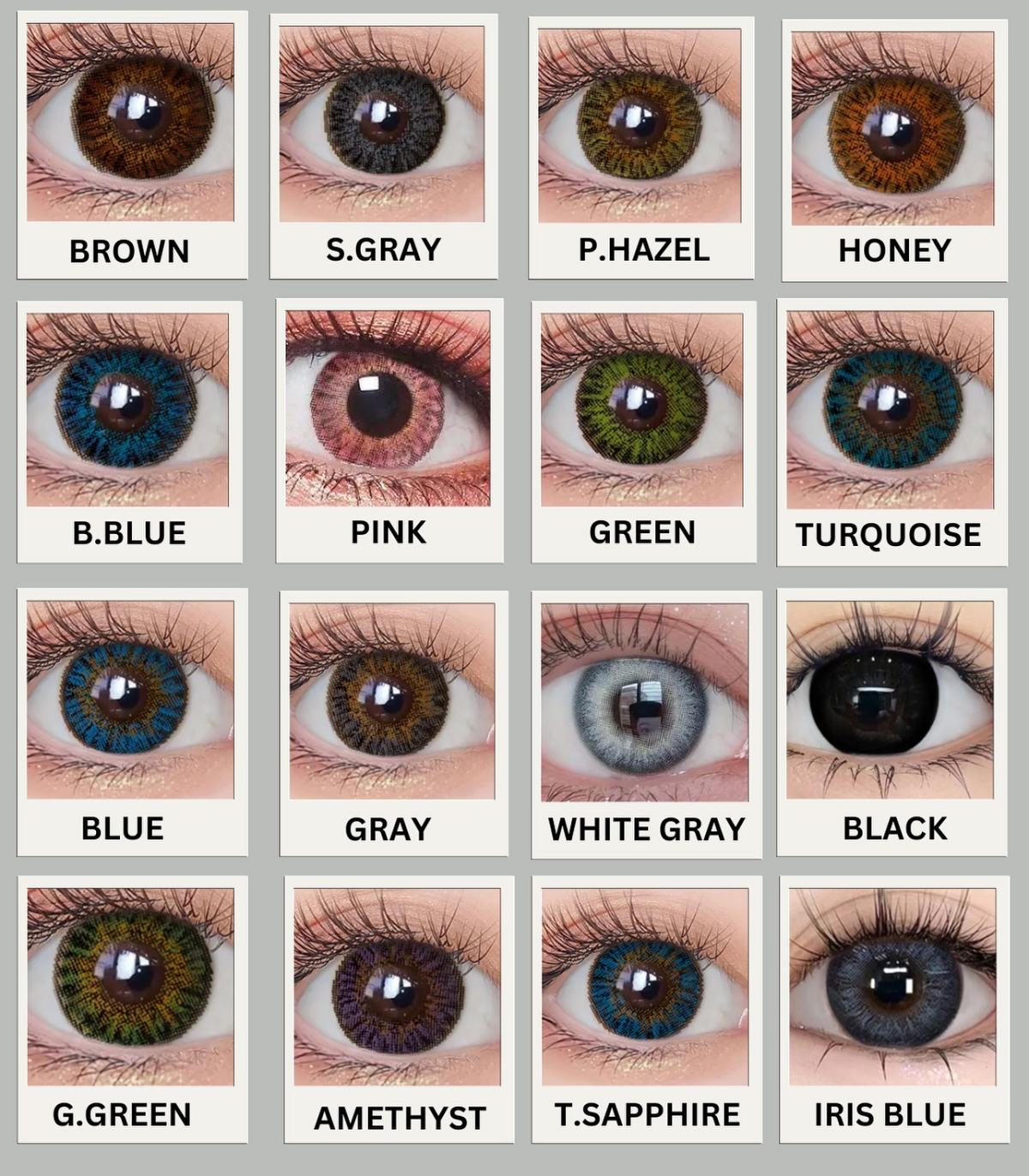
When Eye Color Genuinely Does Change
Now, while diet is off the table, there are a few real medical situations where eye color can shift. These are almost always related to development, disease, or medication—not your lunch.
A lot of babies, especially lighter-skinned ones, are born with blue or gray eyes that darken over the first year. This is totally normal. It just means the cells that make melanin are still maturing and kicking into gear, eventually settling on the baby’s permanent, genetic color.
Certain health issues can also cause a color change, and these are a signal to see a professional, not to experiment at home. Conditions like Fuchs’ Uveitis Syndrome or Horner’s Syndrome can cause the iris to lose pigment, making an eye appear lighter. If you ever notice a spontaneous change in the color of one or both of your eyes, your first call should be to an ophthalmologist. Period.
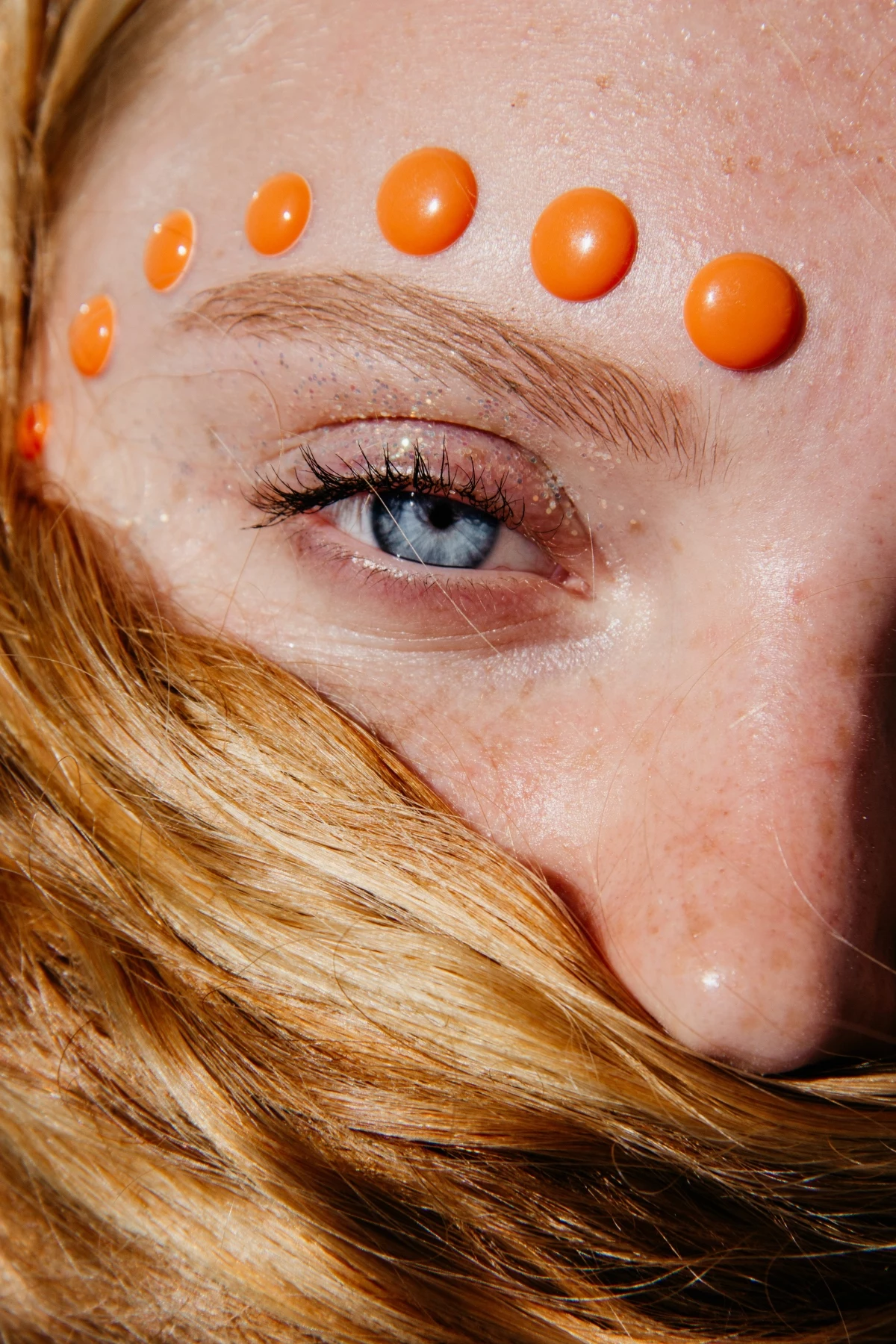
The most common cause I see in my practice is medication-related. A specific class of glaucoma eye drops (prostaglandin analogs) are famous for it. A well-known side effect is that they can gradually and permanently darken the iris by ramping up melanin production. I always have a very frank conversation with my patients about this before prescribing them, especially if they have light-colored eyes.
The Real Deal: Make Your Eyes Look Brighter, Not Different
Okay, let’s circle back to what food can do. Those articles weren’t totally wrong about foods like spinach and olive oil being good for you; they just made the wrong claim. A healthy diet helps your eyes look brighter and more alert by supporting their underlying structures.
A whiter sclera (the white part of your eye) makes your iris color pop. A diet low in processed foods and alcohol supports liver health, which helps keep the sclera from looking yellowish or dull. The more contrast, the more intense your natural color appears.
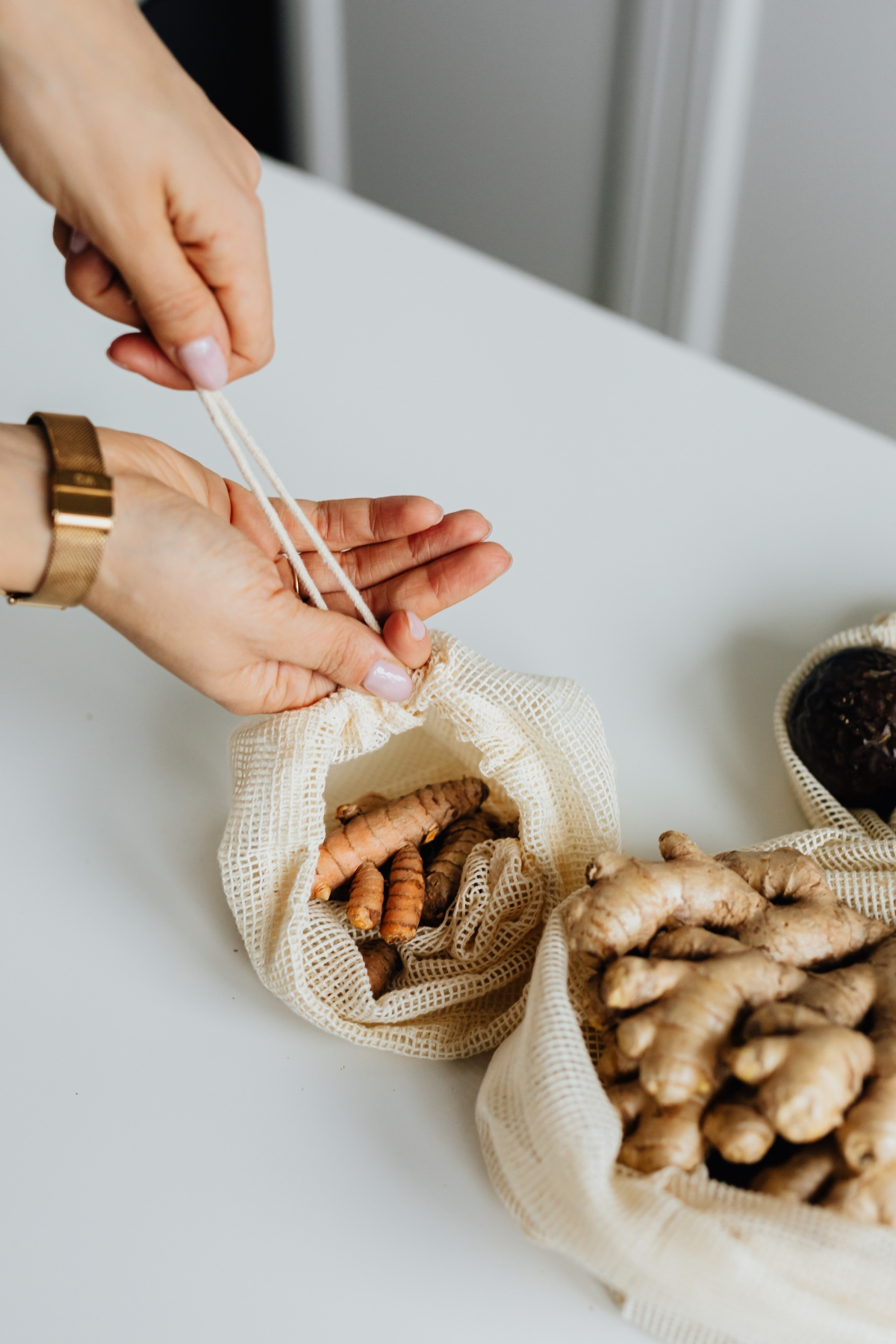
Even more important is your tear film—that shiny, liquid layer covering your eye’s surface. A healthy tear film makes your eyes sparkle. When your eyes are dry, they look tired and your color seems flat. This is where diet is a game-changer. Omega-3 fatty acids are crucial for the oil glands in your eyelids that keep your tears from evaporating. From my experience, this is a huge help for people with dry eye.
Quick Tip: When looking for an Omega-3 supplement, don’t just grab any bottle. I tell my clients to find a high-quality one with at least 1,000 mg of combined EPA and DHA. To be sure you aren’t buying junk, look for a third-party certification on the label, like IFOS (International Fish Oil Standards). It’s a good sign of purity and potency.
A Brighter Eyes Shopping List
Want a simple takeaway? Focus on these foods. They won’t change your eye color, but they will absolutely help your eyes look and feel their best:

- Fatty Fish: Salmon and mackerel for those vital Omega-3s.
- Leafy Greens: Spinach and kale are champs. They’re loaded with lutein and zeaxanthin (aim for about 10mg of lutein a day, which is roughly one cup of cooked kale). These antioxidants protect the inside of your eye from damaging light.
- Nuts and Seeds: Walnuts, chia seeds, and flaxseeds are great plant-based sources of Omega-3s and Vitamin E.
- Colorful Veggies & Fruits: Carrots, sweet potatoes, and berries are full of vitamins that support overall eye structures.
- Water: Seriously. Dehydration makes your eyes look tired and red. Staying hydrated is the easiest win of all.
Let’s Talk About the Truly Dangerous Stuff
My biggest concern is the rise of dangerous, unproven methods I see peddled online. People are willing to risk their sight for a different eye color, and it’s terrifying.
First, those “color-changing” eye drops you see on social media. Please, be so careful. They are completely unregulated and can contain anything from mystery chemicals to bleaching agents. I’ve personally treated patients with chemical burns and severe infections from these products. There is no magic drop that can safely lighten your eyes.
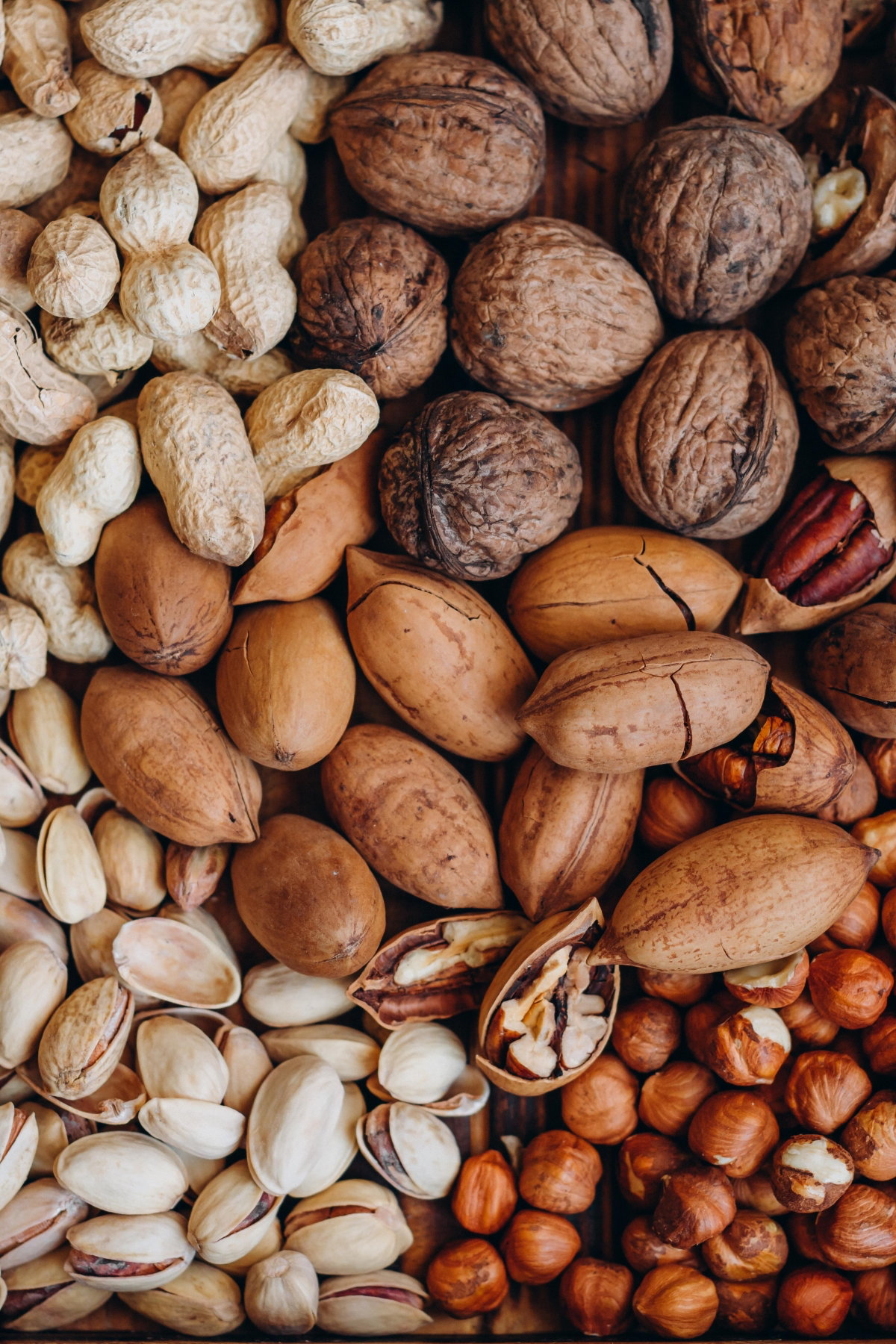
Let’s have an honest chat about the high-risk cosmetic procedures, because the sticker price is just the beginning.
Iris implant surgery is one of the scariest. You might see it advertised in other countries for a price between $5,000 and $10,000. But the real cost can be your vision. This procedure involves surgically inserting a colored silicone disc over your natural iris. The risk level is, frankly, astronomical. It can lead to uncontrollable glaucoma, cataracts, and permanent vision loss. In many cases, the implant has to be removed, which is another risky surgery that may not even fix the damage. My advice? It’s a hard no. The potential for a lifetime of pain and blindness is not worth it.
Then there’s laser depigmentation, a newer procedure that zaps the brown pigment out of the iris to make it appear blue. The long-term safety data is still very thin. The biggest worry among pros is that all that pigment debris floating around could clog the eye’s natural drainage system over time, leading to a nasty form of glaucoma years later. The change is irreversible, and you’re literally destroying part of your eye’s natural anatomy.

The Only Safe Way to ‘Try On’ a New Color
If you genuinely want to see yourself with different eyes, there is one and only one safe, reversible, and medically approved method: colored contact lenses. But—and this is a huge BUT—they are medical devices.
An ill-fitting contact can scratch your cornea and lead to sight-threatening infections. One of the worst is caused by a bacteria called pseudomonas, a truly nasty bug that can literally melt through your cornea in less than 24 hours and leave you with a permanent scar. That’s why you MUST be fitted by an optometrist or ophthalmologist. A proper fitting can cost anywhere from $75 to $200, and a box of quality monthly lenses might be around $50 to $90. It’s a small price for your safety.
Never, ever buy contacts from a gas station, a costume shop, or any online store that doesn’t demand a valid prescription. It’s illegal for a reason.
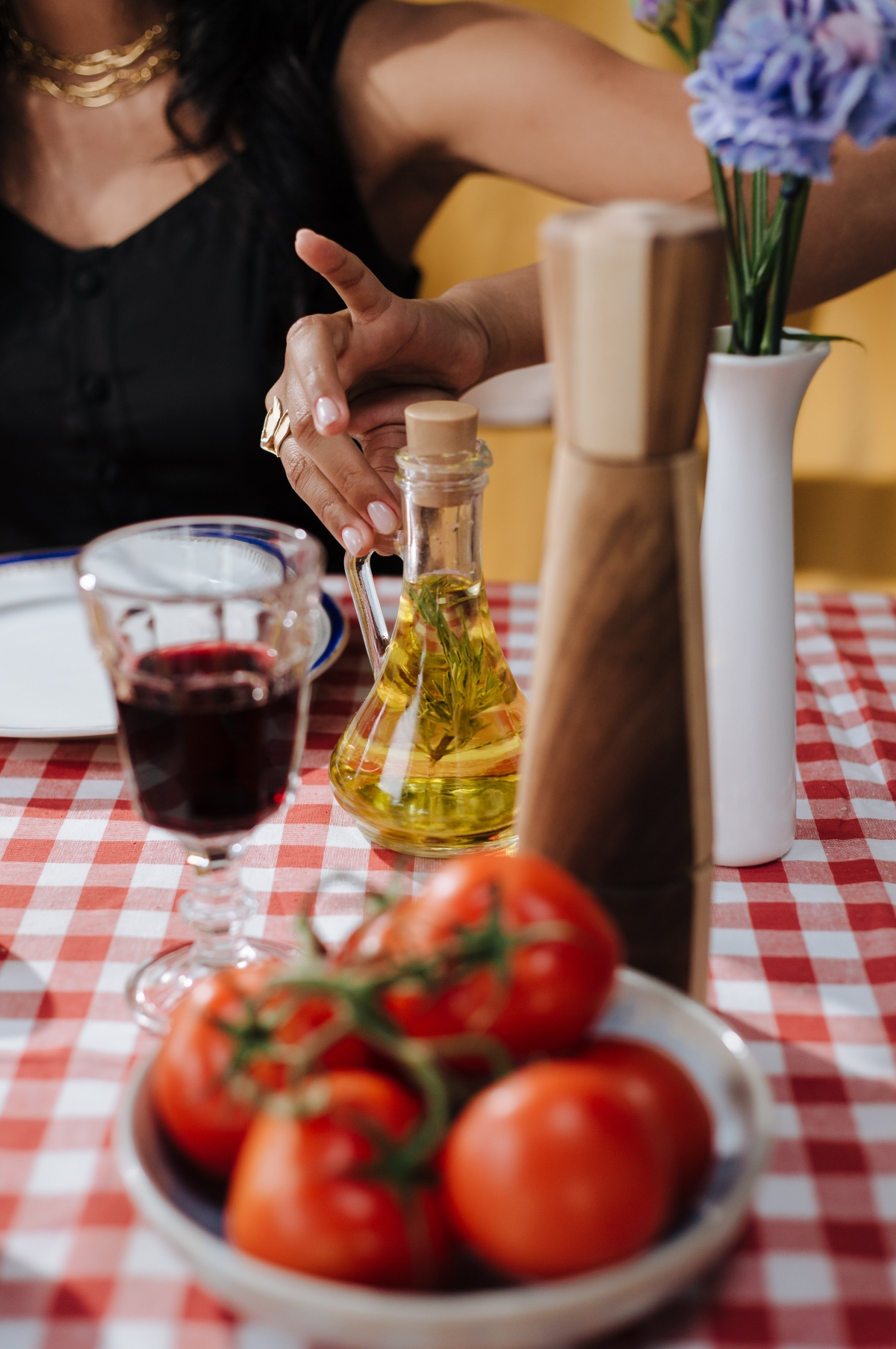
A Quick, Safe Win: Make Your Natural Color Pop
Instead of trying to change your color, why not enhance it? A few simple makeup tricks can make a world of difference and are 100% safe.
- For Blue Eyes: Warm, coppery, and bronze eyeshadows create a beautiful contrast that makes blue look even more electric.
- For Green Eyes: Shades of purple, from lavender to deep plum, really make green eyes stand out.
- For Brown Eyes: Lucky you! Almost anything works. But a deep navy blue or an emerald green eyeliner can add an incredible, unexpected pop of color.
- For Hazel Eyes: Try playing with earthy golds and olive greens to bring out the different flecks in your iris.
It’s a fun, creative, and totally non-permanent way to play with your look.
Love Your Health, Love Your Eyes
Your eye color is a unique part of you. The smartest and healthiest thing you can do is support it. A great diet won’t turn your eyes from brown to green, but it will make them sparkle. It will keep them comfortable and clear, allowing your natural, beautiful color to shine its absolute brightest.
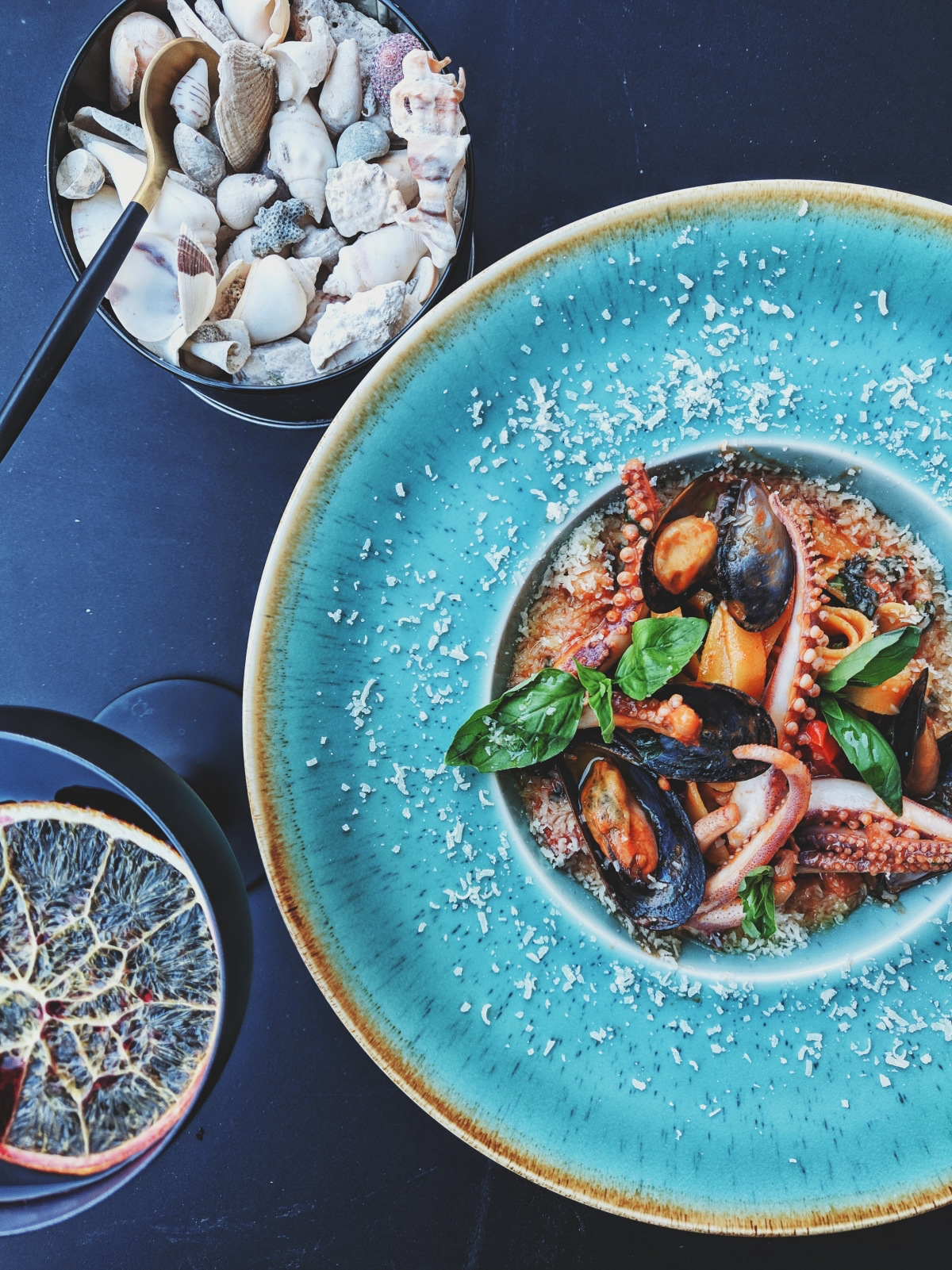
By the way, here’s a little trick I use myself, especially before a big day. A few preservative-free rewetting drops (you can get them at any drugstore for about $10-$15) can instantly reduce redness, add a little gleam, and make your eyes look refreshed and vibrant. It’s the simplest, fastest way to make your natural color pop.
Galerie d’inspiration


- Boosts sclera brightness with Omega-3s, found in salmon and walnuts.
- Sharpens vibrancy with antioxidants like Lutein and Zeaxanthin from kale and spinach.
- Supports overall eye tissue health with Vitamin C from bell peppers and citrus fruits.
The secret? These nutrients combat oxidative stress, which can dull your eyes over time, letting your natural color shine through more clearly.
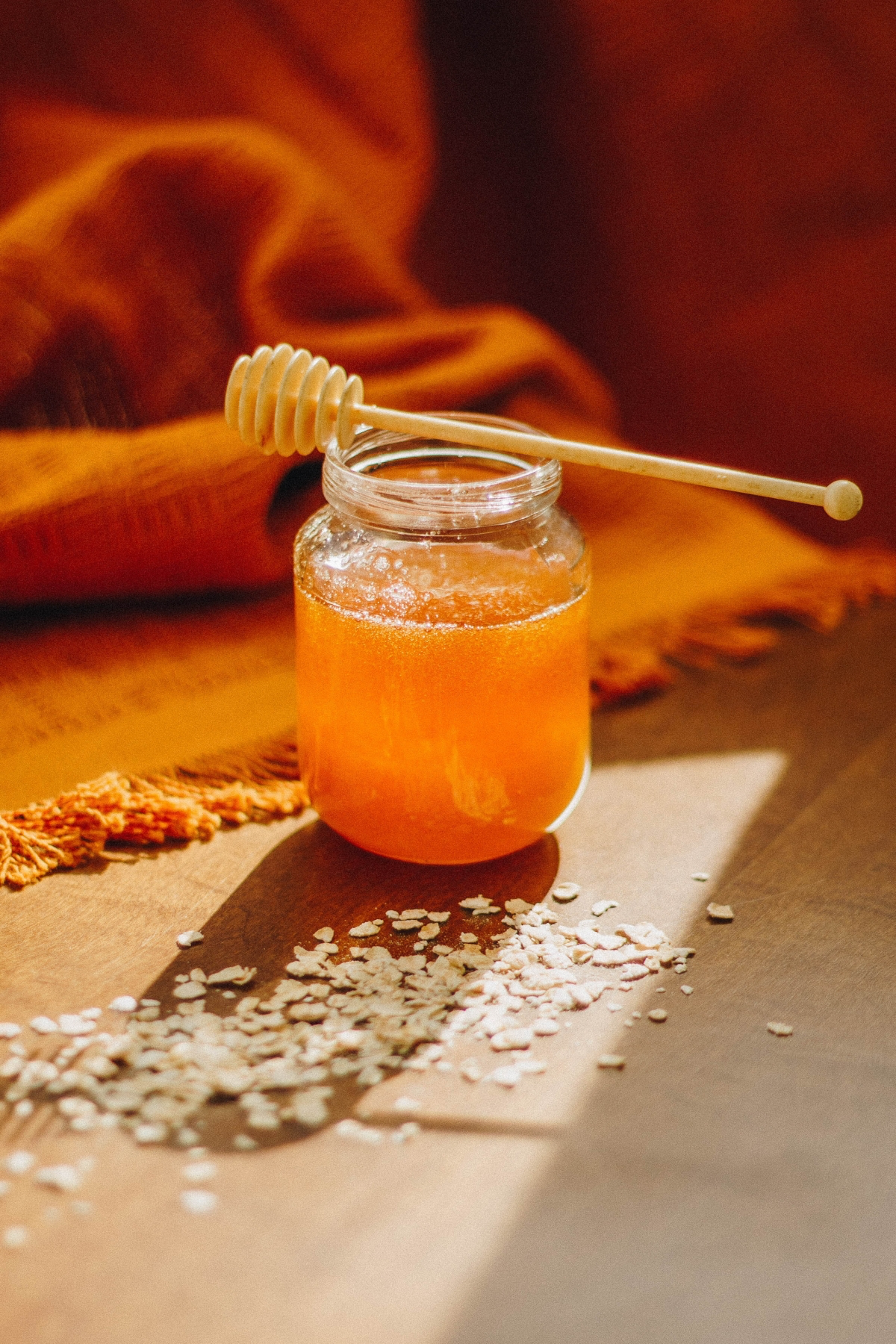
Did you know? The clarity of the sclera—the white part of your eye—can dramatically alter the perception of your iris color. A bright, clear white makes any eye color appear more intense and striking.
This is where diet truly works its magic. Foods rich in antioxidants and healthy fats reduce yellowing and redness in the sclera, providing a pristine backdrop that makes your natural blue, green, or brown tones pop. It’s not a color change, but a contrast enhancement.

Can eye drops really lighten my iris?
Be extremely wary of this trend. Many so-called ‘color-changing’ or ‘iris-lightening’ drops sold online contain unregulated ingredients that can be dangerous. Some prostaglandin analogs (used medically to treat glaucoma) have a side effect of darkening the iris, but using products off-label is risky. Unmonitored use can lead to inflammation, chronic dry eye, and even irreversible damage. Stick to enhancing your eye’s health, not experimenting with its structure.

Chamomile Tea Compress: A classic for a reason. Cooled, damp chamomile tea bags placed on closed eyes for 10-15 minutes can soothe irritation. The anti-inflammatory properties of apigenin in the chamomile help reduce puffiness and redness, making eyes appear brighter.
Hydration with a Twist: Instead of plain water, try infusing it with cucumber and mint. This not only encourages you to drink more—key for preventing sunken, dull eyes—but also provides a small boost of antioxidants.
Beyond food, simple lifestyle shifts have a powerful effect. Limiting screen time reduces digital eye strain, which causes redness and a tired look. Prioritizing 7-9 hours of sleep allows your eyes to repair and rehydrate, resulting in a clearer, more luminous appearance by morning. It’s the most natural beauty treatment there is.










